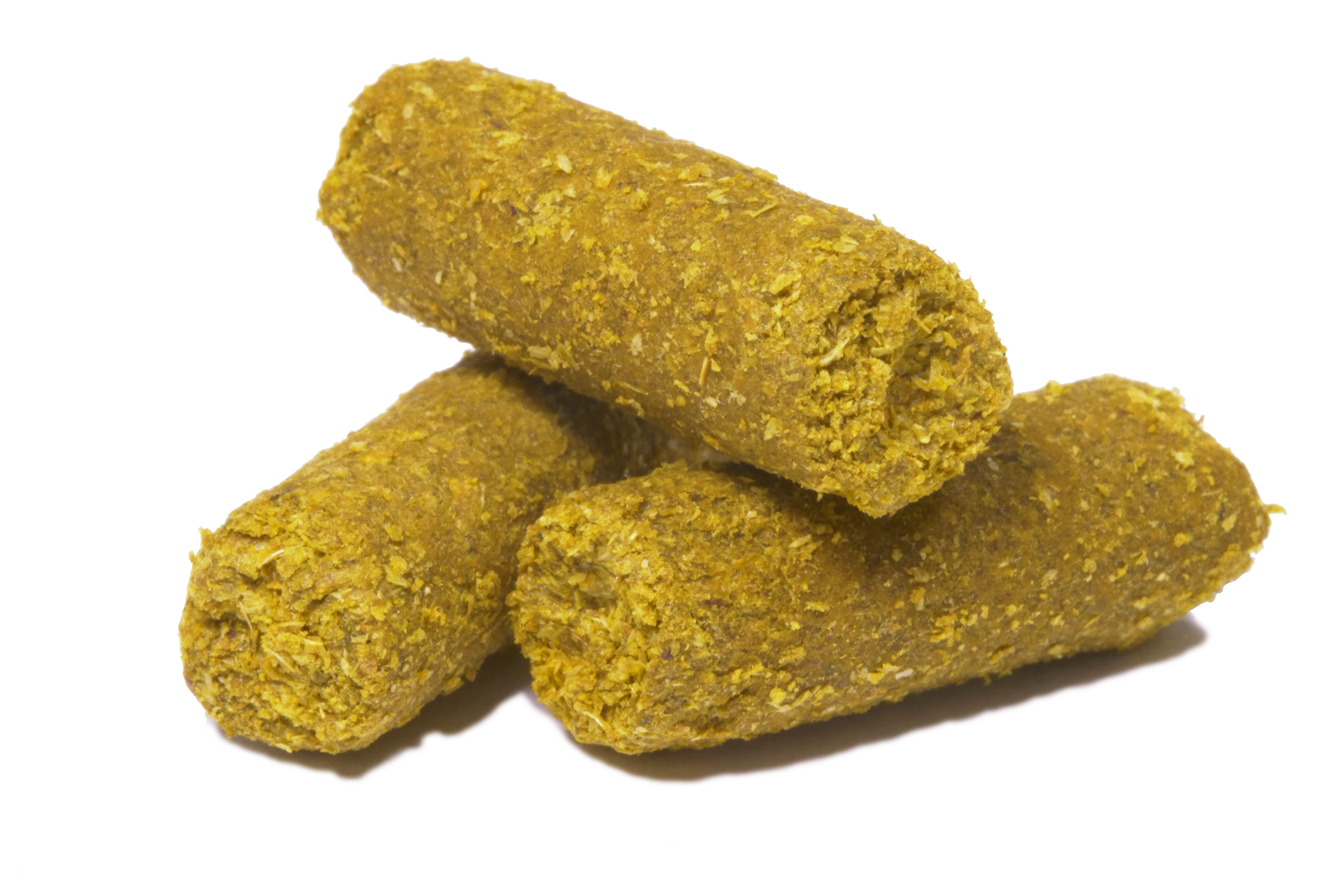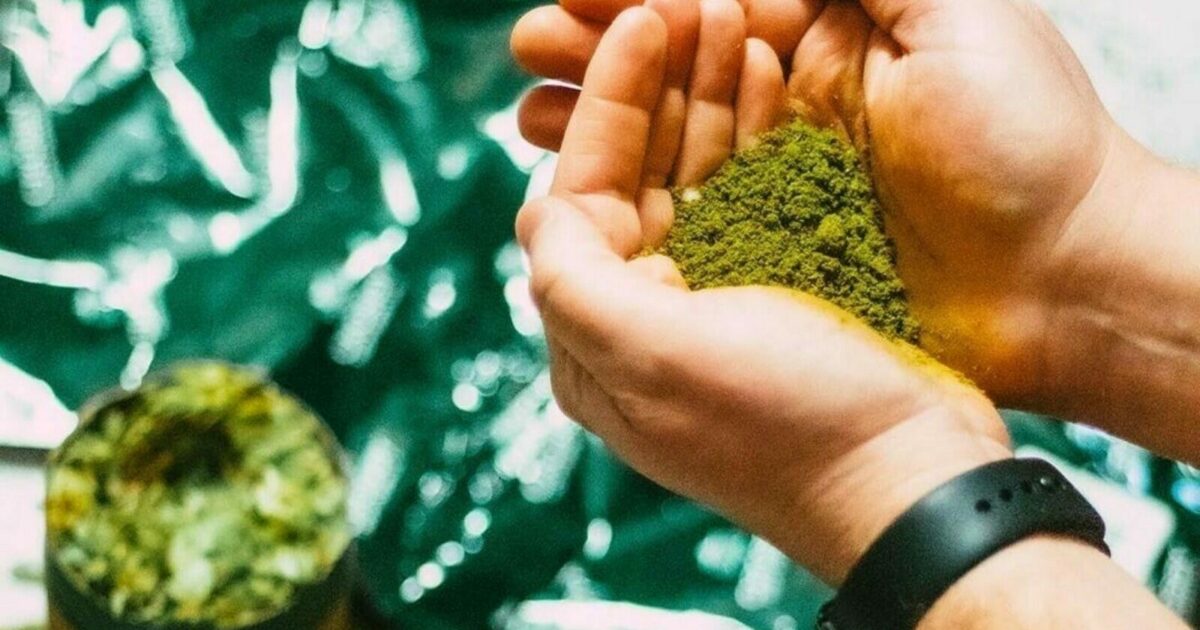Pulling Back The Curtain On Hop Selection
Hop selection defines the flavor and aroma attributes of many beers around the world. It is a delicate dance between brewer and supplier balancing the scale of lot demand and inventory availability. But there is so much more to this plate-spinning act than simply selecting hops that are on a table.
For starters, this process relies on quality hops from harvest. Proper picking, kilning, cooling, baling, and storage are all crucial check points that define hop quality for the year. Every lot on the table needs to be expressive and true-to-type to make it on the selection table.
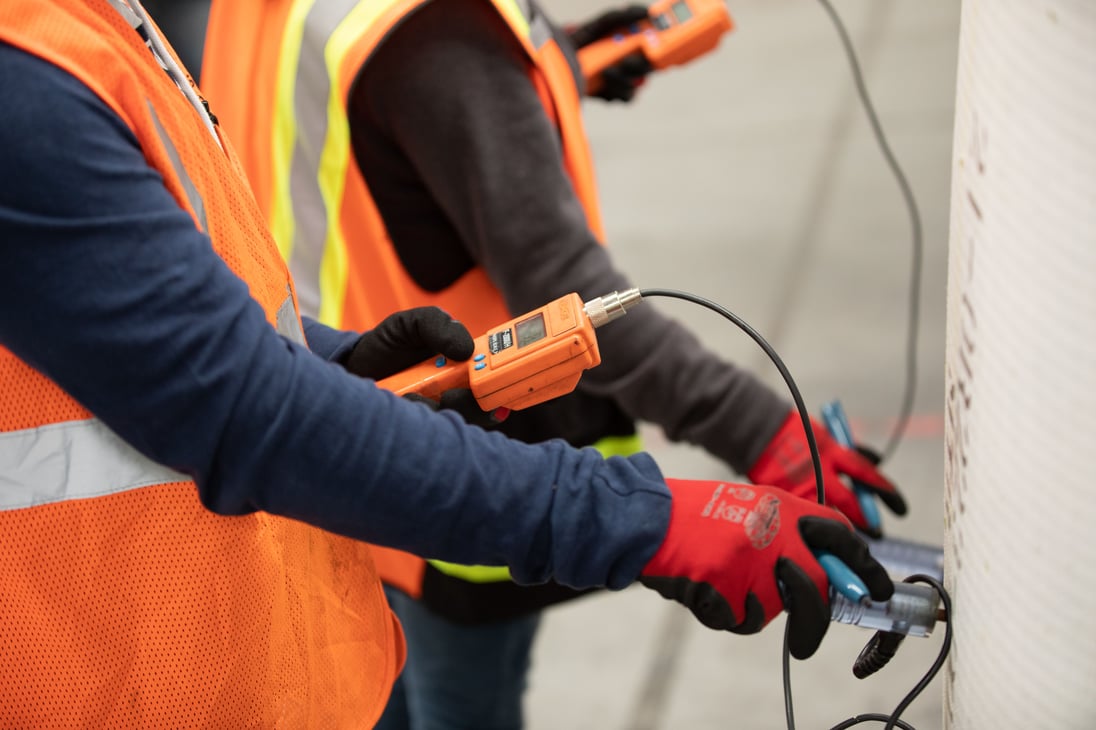
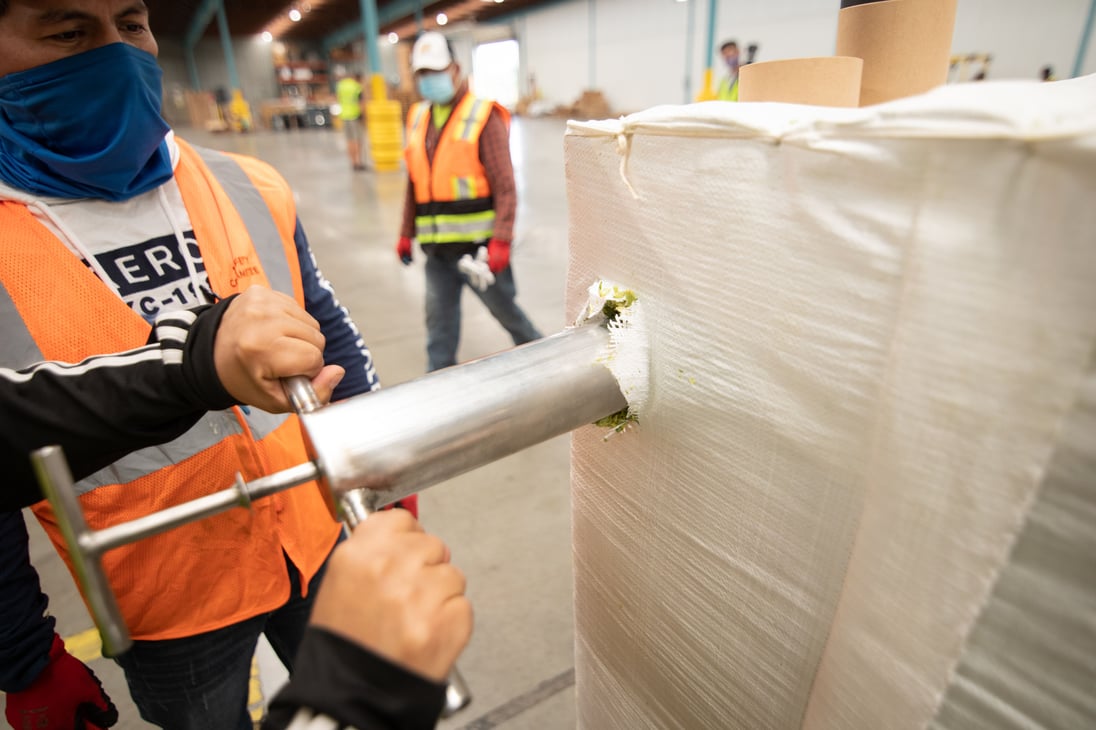
Once baling is complete, the receiving process begins. Thousands of bales are received into our warehouse each harvest. We check each bale for weight, moisture, and temperature to ensure all are within quality specifications set for each variety. Those that do not meet standards are quarantined for further inspection or simply rejected. Composite samples are then taken from multiple accepted bales that accurately represent each lot in its entirety. This composite sample is used for lab analytics as well as sensory evaluations. We then pull core samples for presentation and store them cold until in-person selection or shipment. We pull anywhere from 20-40 core samples per grower lot to ensure we have enough for selections and showcases.
Before any hops hit the selection table, we conduct thorough sensory analysis on each lot, flagging any sample that is out of visual or aroma spec. We inspect for visual components like color, cone integrity, and moisture. Aromatically we evaluate for true-to-type, overall intensity, and off-aromas such as cattiness, smoke, or lack of aroma in general. This process is a critical double check ensuring every lot we present and process meets our quality standards.
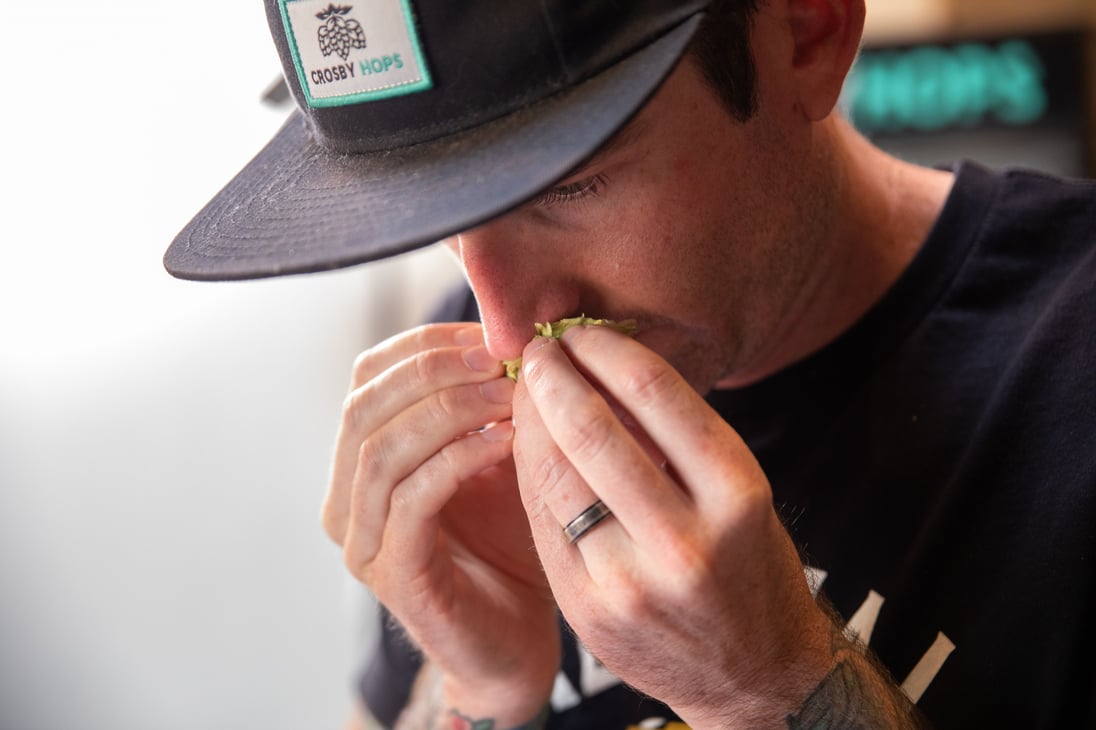
After all lots have cleared QC (this includes sensory, analytics, auditing spray records, and leaf and stem analysis) we begin to send out selections. We send remote selections out to both domestic and European customers while navigating the incoming brewers who are coming out to the farm for in-person selection. Grower lots for selection are chosen based on volume availability, geographical diversity, and sensory. For Crop Year 2022, we conducted around 250 individual raw materials selections.
Once a customer selects, we input this information into our database for production review. Our team will assess if there is enough volume to support that customer’s first pick considering variety yields and availability. We ask all customers to rank their picks based on preference in case we do not have the volume to support their first choice and pivot to a second or third choice if necessary. The sooner a selection is submitted, the more likely there is available volume to fill the request. If approved on the production side, we remove that volume from that specific lot’s availability and assign it to the customer’s profile in our system.
Hop selection may look simple from the outside, but internally there are many departments working in tandem to ensure our hops are efficiently received, inventoried, and prepared for the selection table as soon as possible. The faster we can get raw bales into T90 or CGX pellets, the better analytics and aroma attributes we can lock in for the brew year ahead.
Check out The Four Pillars of Hop Quality to learn more about the key decisions growers make that affect hop quality and ultimately your beer.













